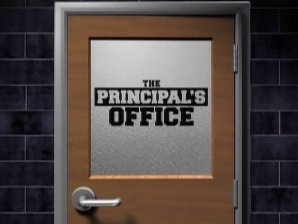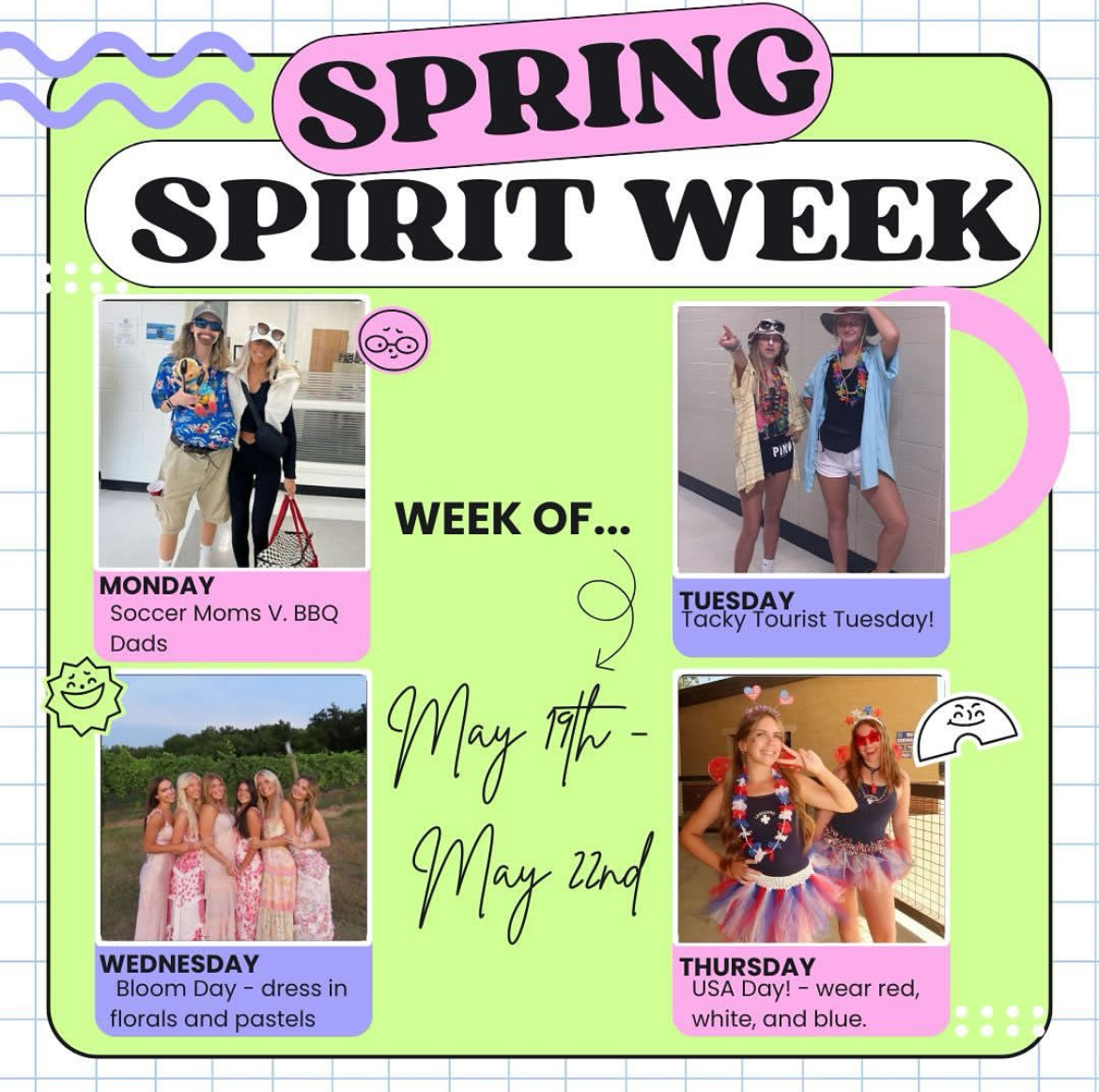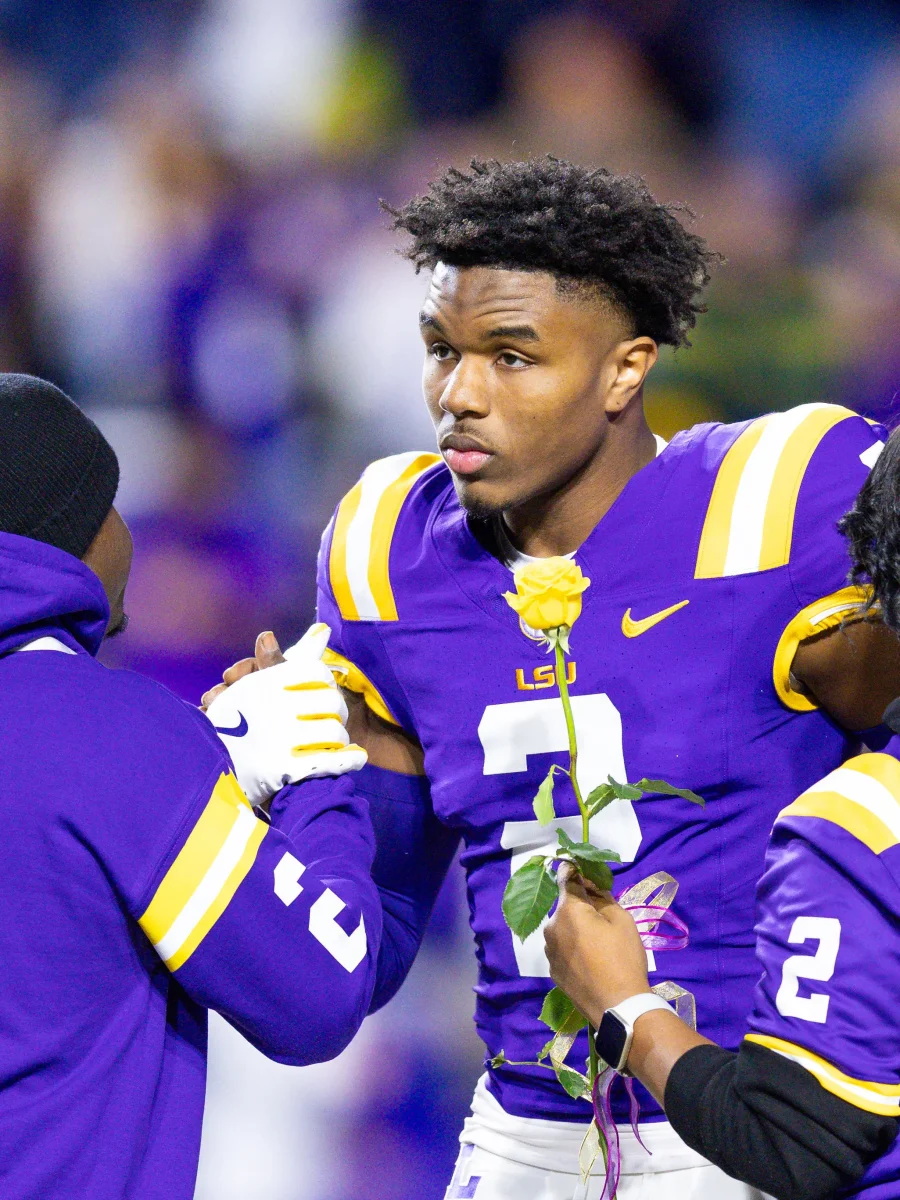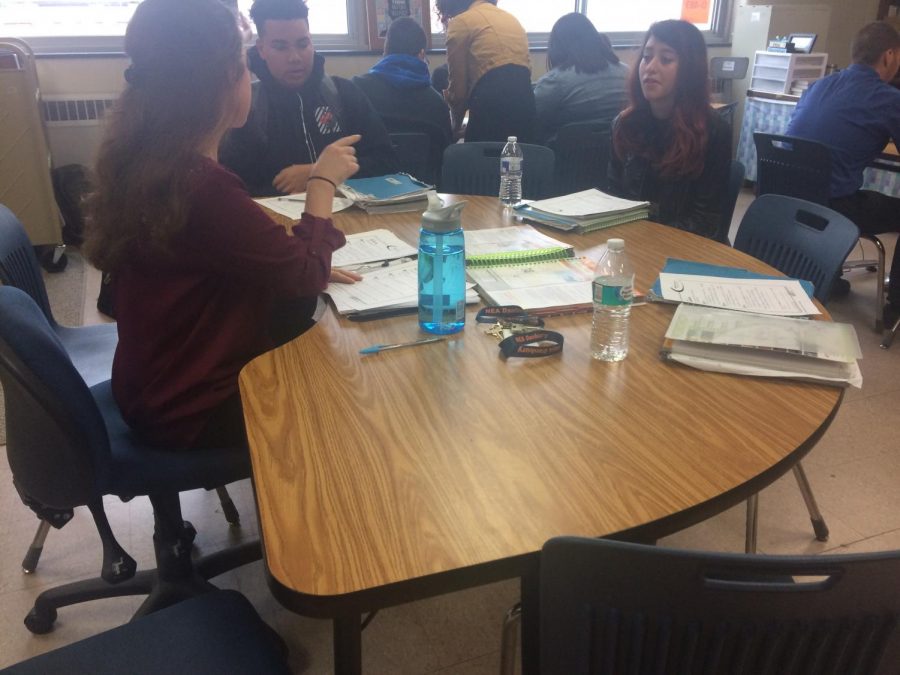Small-group instruction aims to help struggling students
School uses STAR tests to inform instruction
Casey Hanrahan works with a couple of her students
March 28, 2018
Over time, small group instruction and group work have begun to dominate the educational world, becoming a prime vehicle for student success in the classroom.
Small group instruction has become the newest form of group work, and at DHS teachers have been directed to incorporate the strategy into their lessons.
“There’s grouping of students where they’re working collaboratively on a common project,” explained Meghan Martins, associate principal for Instruction. “When kids are working in groups and teachers are working with a particular grouping of students we call that small group instruction.”
The purpose of small group instruction is usually to help groups of individuals with a certain skill, though it can be used to benefit those who have mastered a certain skill already. “It gives teachers the flexibility to focus with particular groups of students on stuff they need to be working on,” Martins said.
DHS has been dabbling with small-group for the last couple of years, but this year administration has included it in teacher evaluations. They want to see it employed. It means using STAR testing results to group students homogeneously, meaning students with high scores are grouped together, students with medium scores are grouped, and students with low scores are grouped.
The intention then is for the teacher to differentiate instruction by working with the students who are struggling with the skill in question while the other groups who have mastered the skill work independently.
Some students said they didn’t mind working in the small groups — either because they don’t mind getting the help they need to master a skill, or because they like working independently from the teacher if they’ve already mastered a skill. Others, however, find it unnecessary.
“They don’t participate,” said senior Daysia Vargas of her small-group peers. “Even when the teacher asks us to do something before they come sit with us, the others don’t do the work. They resent it; they don’t think they need to be in our group and then I end up doing everything.”
Social Studies teacher Lindsey Stoffa mentions how incorporating group work into her AP class is difficult sometimes. “I think it’s more difficult to use it there because that one is much more based on content than based on skill.” She emphasizes that the faster pace of the class makes it harder to find time for it.
Most teachers and students are used to heterogeneous grouping, in which teachers intentionally group students with various level of skills. The idea is that the students with higher levels of skill will help those who might be struggling.
This is where teamwork, collaboration, listening, problem solving, and communication come in — they are at the top of the EdGlossary list of 21st century skills that businesses say students must master if they are to be successful in college and work.
English teacher Melissa Teel acknowledges that importance of these skills. “Listening to the ideas of others, sharing your own personal knowledge, and dividing responsibilities all deepen a student’s communication skills.”
Teachers have started to integrate group work to improve these skills for higher education and the workforce. Many will emphasize that group work will never go away. “It is important to know that in most professions, you will have to work with other people at some point,” Teel said.
Additionally, some students complain about group work because they would rather work alone or feel like they are doing everything themselves. “The drawbacks of group work revolves around the people in the group. The person’s personality can make them uncooperative or hard to work with,” sophomore Julianna Asher said.
Despite some disliking of the idea of group work, some students realize its importance. “It prepares people who strive to work in an environment where they are constantly surrounded by people,” junior Daiquan Thomas said.





















